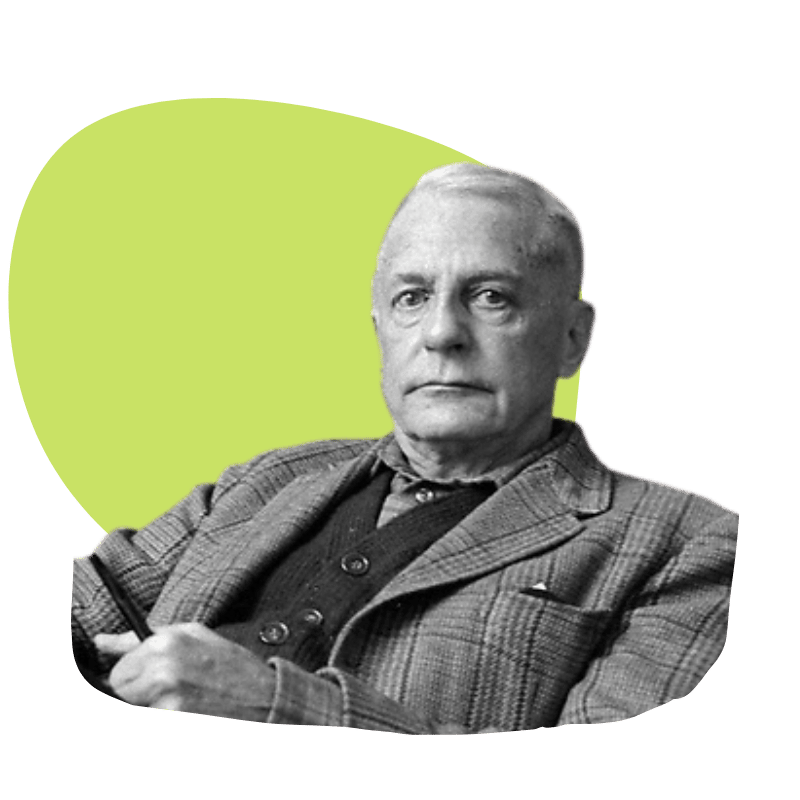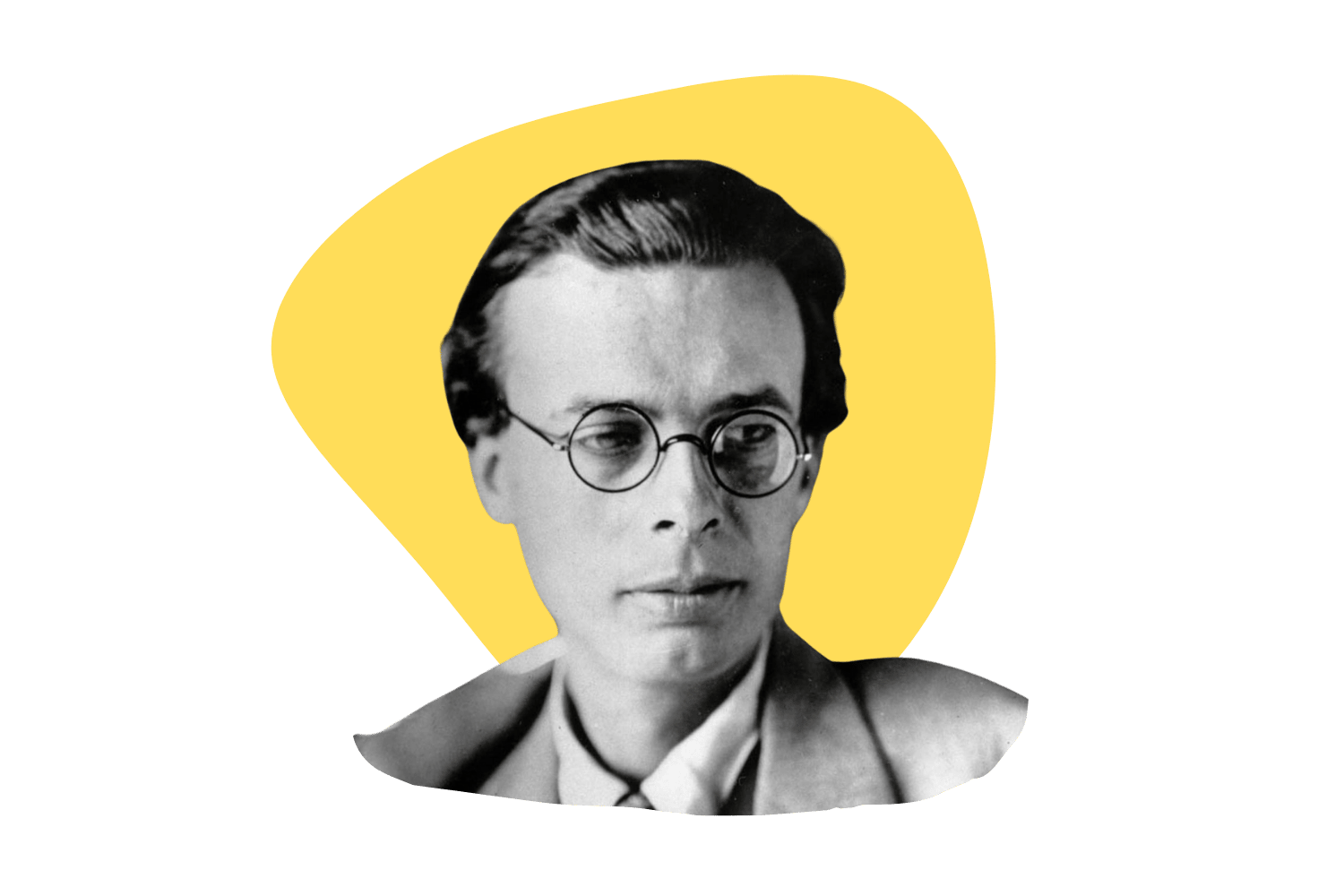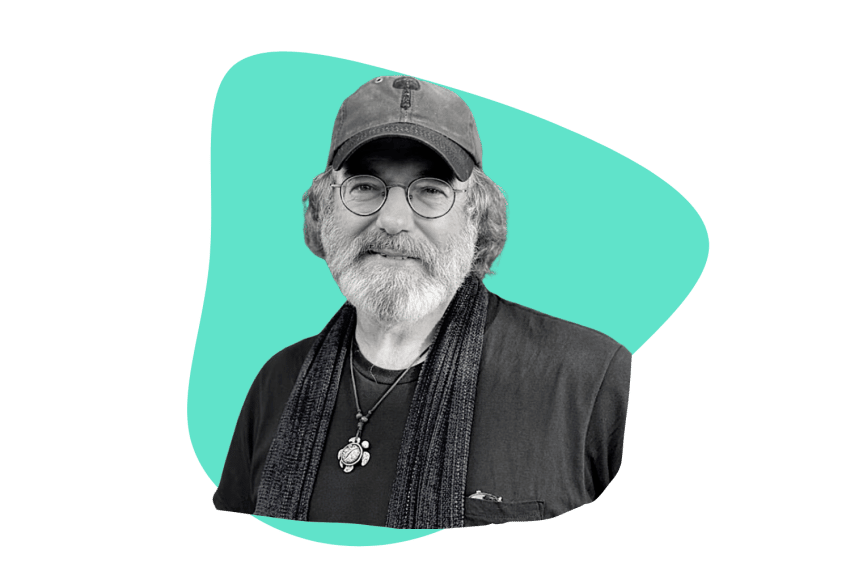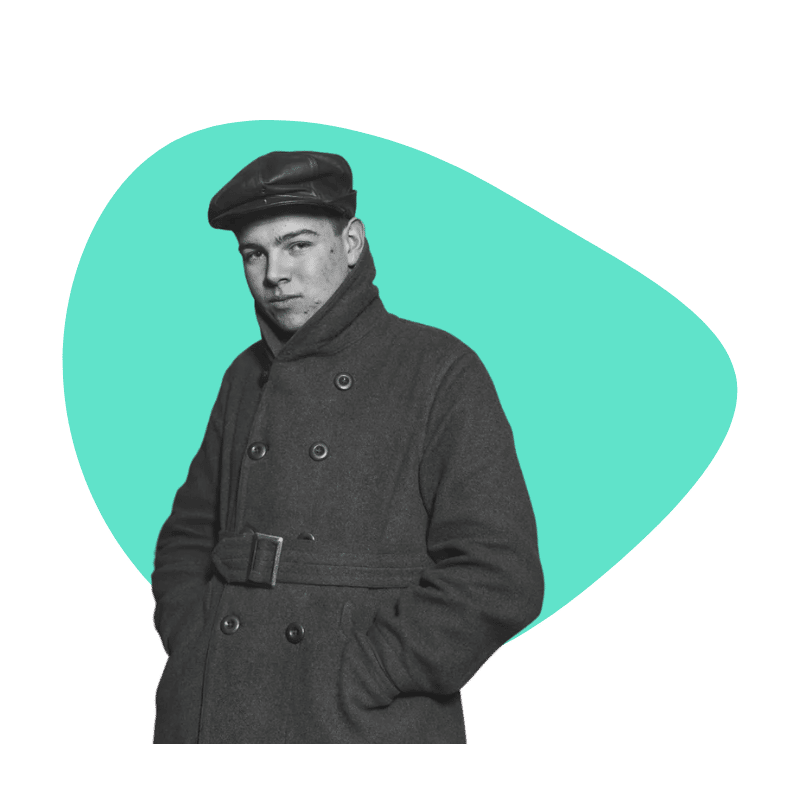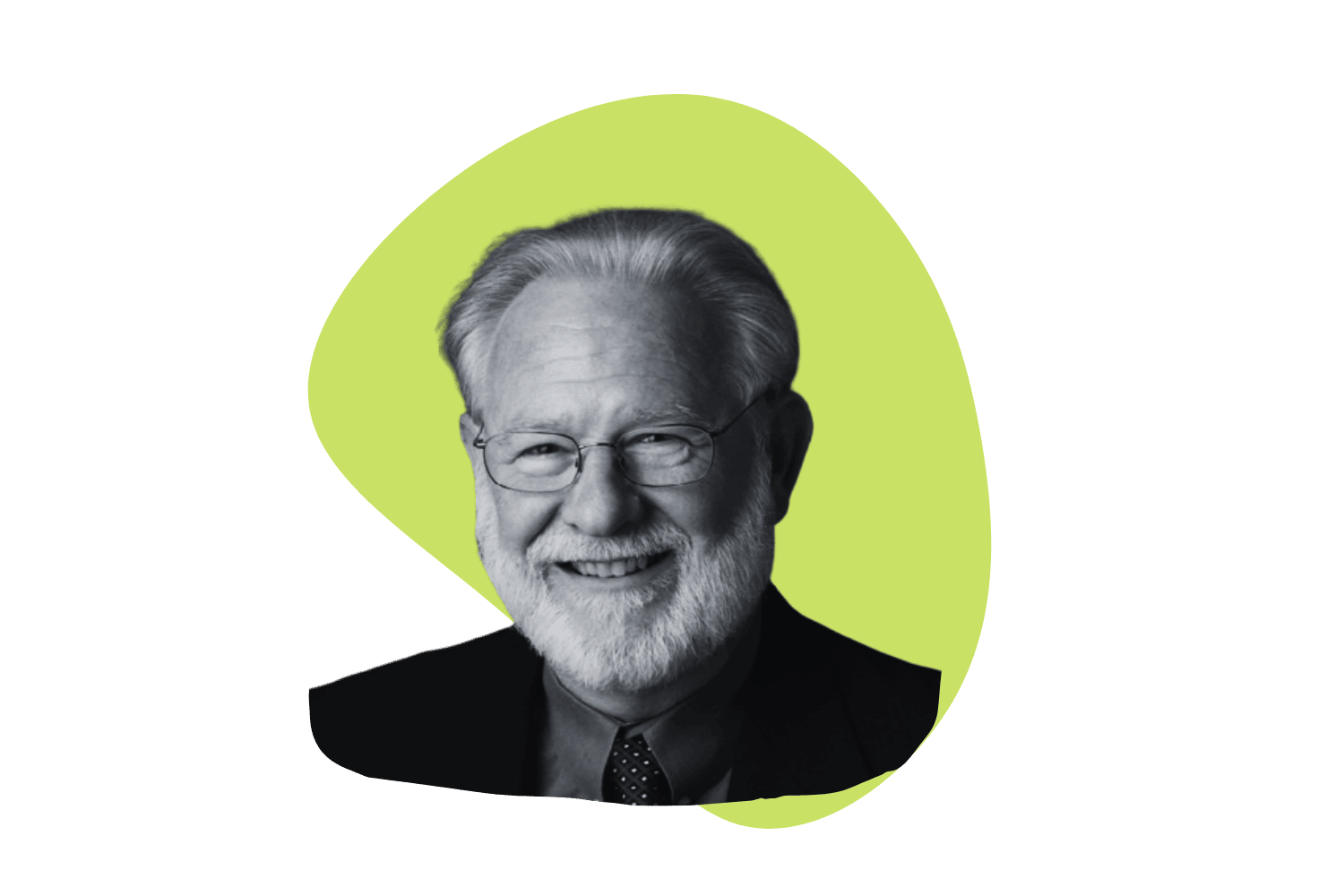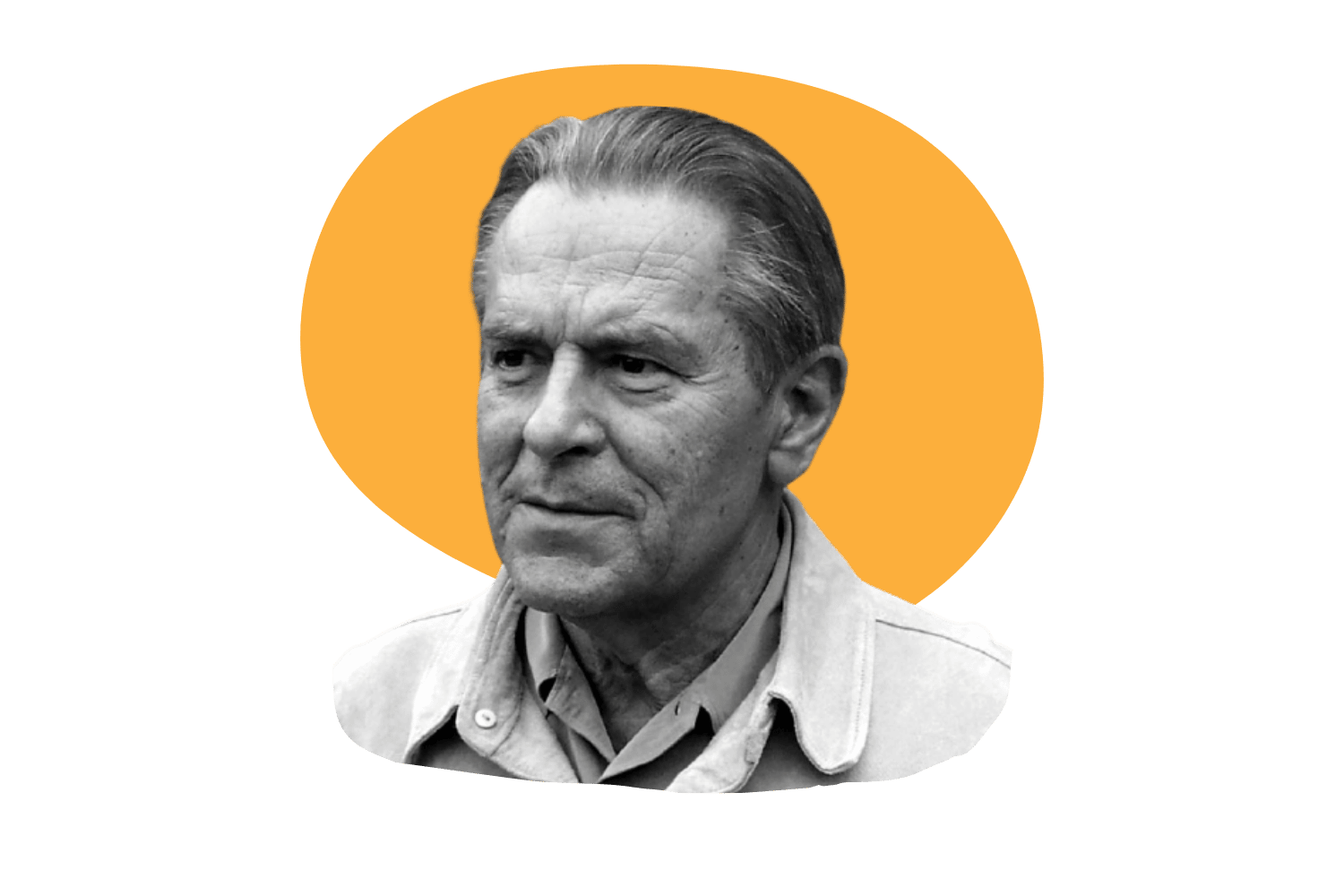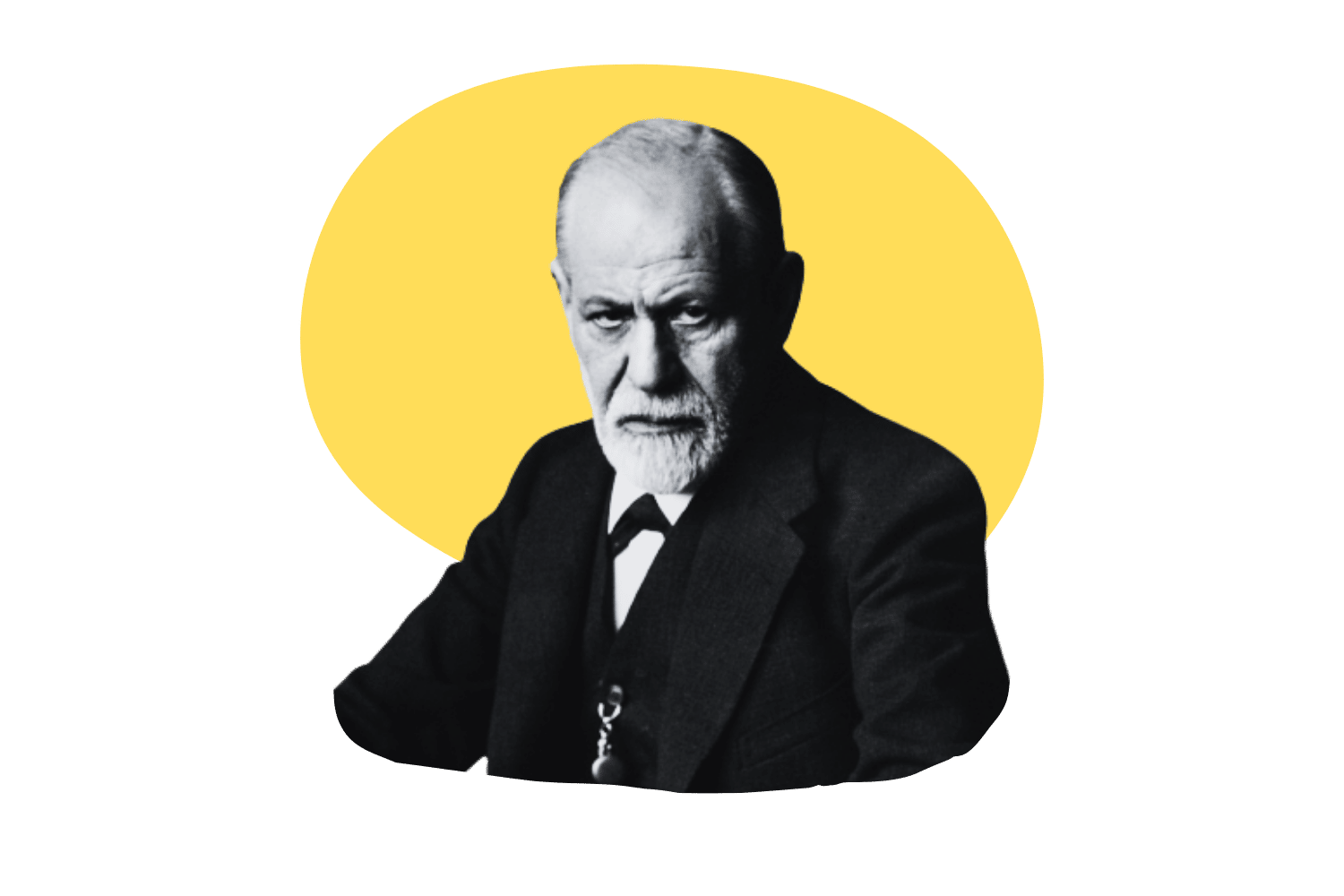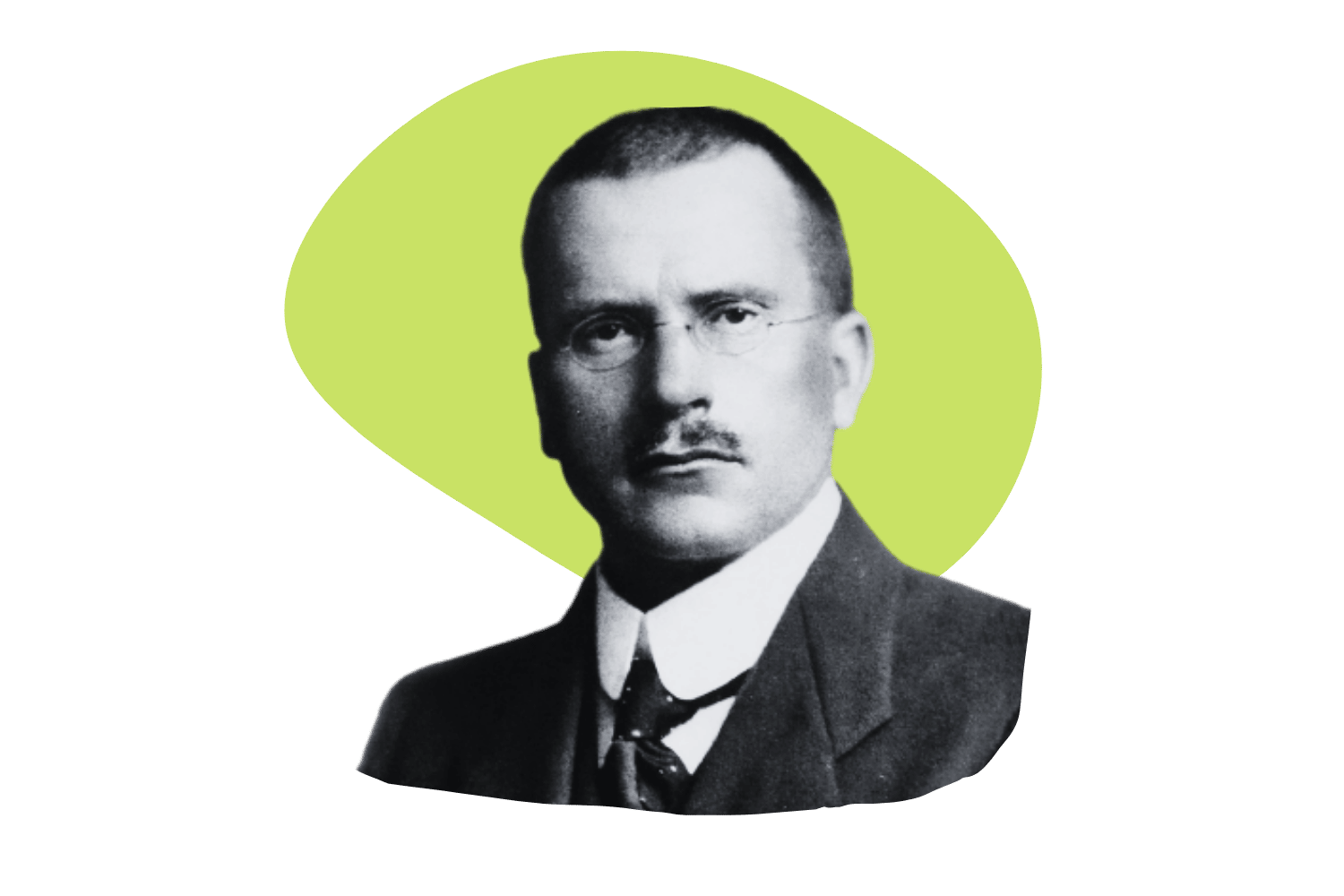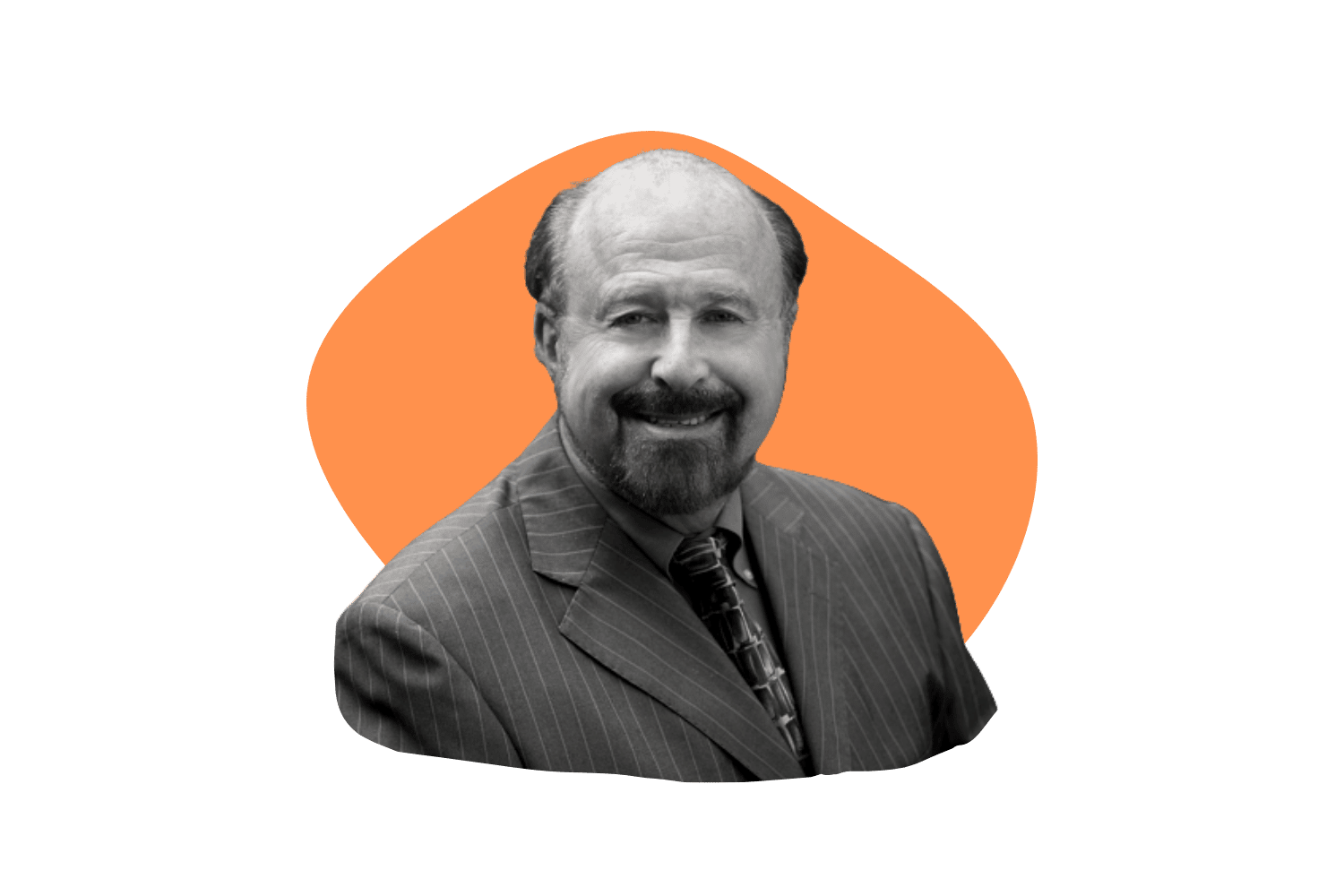Alexander Shulgin: The Godfather of Psychedelics
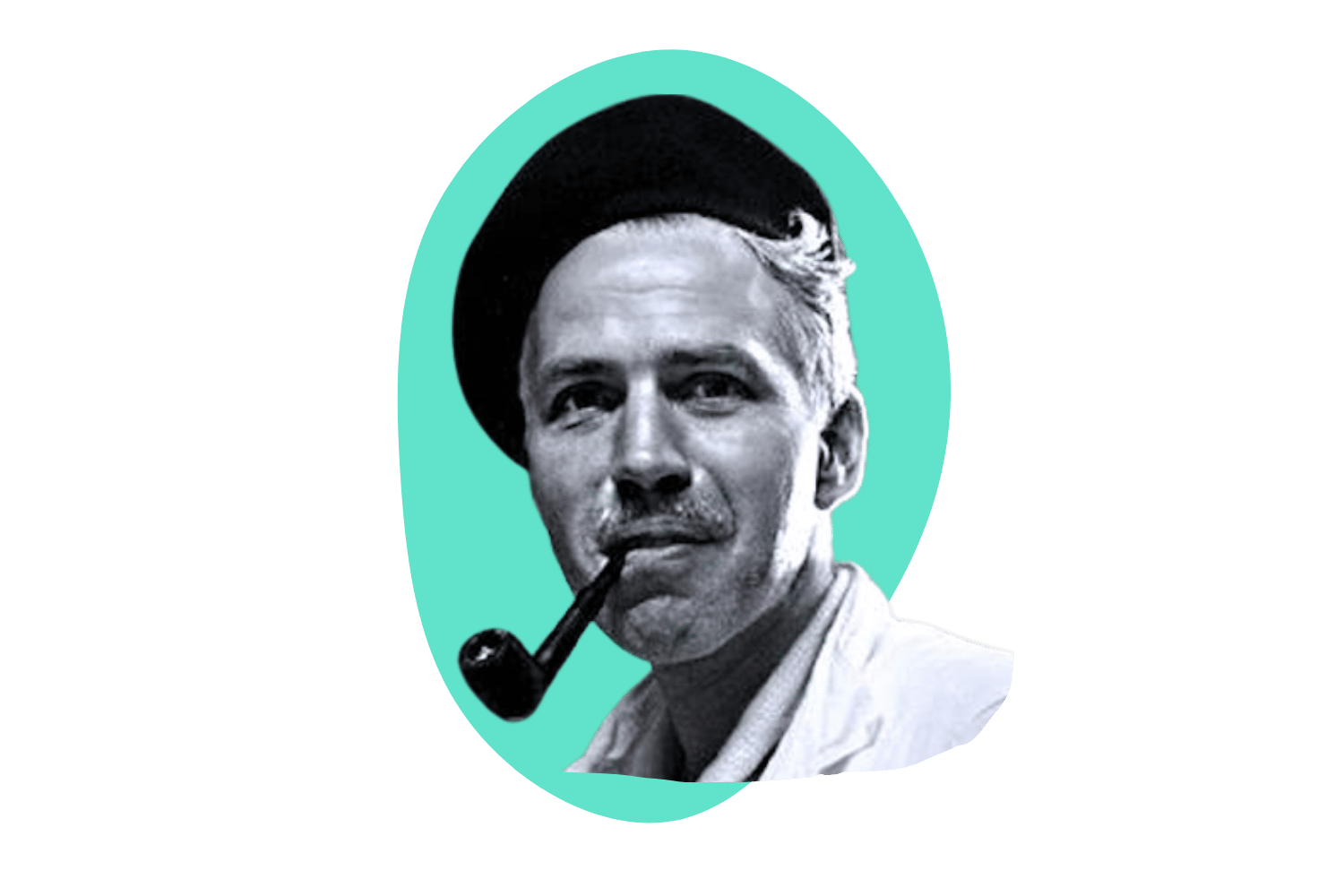
Alexander “Sasha” Shulgin (1925–2014) has been dubbed the godfather of psychedelics.
He was an organic chemist, pharmacologist, and author of two of the most influential books in the psychedelic space — PiHKAL and TiHKAL — which highlights the dose, effect profile, and “recipe” for making over 230 psychoactive chemicals.
He’s credited for popularizing MDMA (ecstasy) and inventing 2C-B and the rest of the 2C-X family of substances.
Here, we’ll explore Shulgin’s legacy. We’ll cover his early life, accomplishments, most famous quotes, and the substances he’s credited with discovering.
| Birth & Death | 1925–2014 |
| Personality Type | INTP | 5w4 |
| Occupation | Chemist & Writer |
| Nationality | American |
The Life of Alexander Shulgin
Alexander Shulgin was born in Berkeley, California. Both his parents were teachers, who introduced him to the world of academics from a very early age. Their insistence on showing Shulgin how to learn from such a young age is likely what led him to become such a polymath as he grew older.
Before he even entered University, Shulgin had mastered two languages — Russian and French and three instruments — violin, viola, and piano. Not to mention his knowledge of chemistry — from which he had been developing since the age of 7.
As a child, Shulgin would ride his bicycle down to a local chemical supply store and pick up various compounds for his experiments. The shop owner would often provide samples free of charge.
Shulgin was far ahead of his classmates. He scored a full scholarship to Harvard University at the age of 16 but ended up dropping out of school in 1943 to join the U.S Navy and fight in world war II.
He made it through the war physically unharmed, but the shock and horror he experienced witnessing the death and destruction around him left a lasting imprint on him. He also found the use of morphine particularly interesting. The compound didn’t seem to dull the pain — it made patients indifferent to it.
After leaving the Navy, Shulgin went back to school to earn his Ph.D. in biochemistry from the University of California, Berkeley, in 1954.
Upon graduation, Shulgin completed post-doctoral work in the fields of psychiatry and pharmacology at the University of California, San Francisco. He then went on to become a senior researcher for Dow Chemical, where he earned them millions after inventing a compound called Zectran — which was the first biodegradable pesticide.
It was during this time he first started experimenting with psychedelics — namely mescaline.
He eventually set up a home lab on his property, known as “the Farm.” He worked as a consultant for Dow Chemical and other companies and began giving lectures to fund the research he was most interested in — psychedelics.
Shulgin was good friends with DEA officer Bob Sager, who was the head of the U.S DEA’s Western Laboratories. Shulgin held pharmacology seminars for agents, and supplied the DEA with samples of various compounds, and served as an expert witness in court in exchange for permission to conduct experiments with restricted substances.
He never sold any of his creations, and everything he did remained within the confines of the law. He even authored a reference book for law enforcement and received several awards from the DEA for his service.
That is, until 1994, two years after his publication of PiHKAL, which prompted the DEA to raid his lab and stick him with $25,000 in fines. He then had to rescind his licenses for violating its terms — or else adhere to stipulations he considered unreasonable.
After this point, Shulgin shifted his focus to other compounds in order to remain within the law — eventually leading to a new book with 55 new compounds titled TiHKAL.
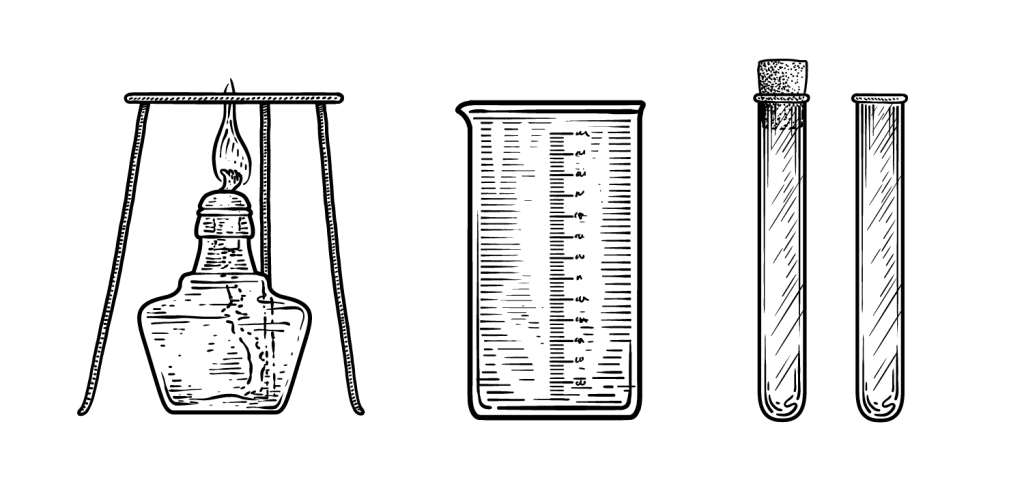
How Did Alexander Shulgin Die?
Shulgin died at the ripe old age of 88 — just 15 days before his 89th birthday.
Despite a lifetime testing unknown research chemicals on his own body, he didn’t experience any major health issues until after his 80th birthday.
He died of liver cancer in 2014 but had been showing signs of dementia for at least four years prior to that. He also suffered a stroke in early 2010.
The only potential dysfunction that could be linked to the substances he was taking throughout his life was the faulty aortic heart valve he had replaced in 2008. There’s some (theoretical) evidence to suggest 5-HT2B agonists (such as MDMA) could lead to heart valve disorders if used long-term. It’s unclear how many of Shulgins other creations may have worked on this same receptor.
Why Was Shulgin Dubbed The Godfather of Psychedelics?
Alexander Shulgin was the most prolific psychedelic chemist in history — which has earned him the title “the godfather of psychedelics”. His work has been described as “by far the most far-reaching” in the cultural climate of interest in hallucinogenic compounds.
From 1991 to 1997, he and his wife, Ann Shulgin, developed and cataloged over 200 psychoactive substances — several of which have gone on to become some of the most well-known and well-researched psychedelics in the world.
Shulgin’s work directly led to the field of designer drugs and research chemicals, which is now a pervasive field of interest consisting of hundreds of individual compounds with varying levels of psychedelic and empathogenic effects.
In earlier parts of Shulgin’s research, he would publish his findings. Soon after, companies he was consulting for — including his former employer Dow Chemical, asked him to stop mentioning their name on any of his papers.
He also became troubled by the accounts of a renegade psychoanalyst and creator of the “free love” movement, Wilhelm Reich. Reich had invented a device he called the orgone energy accumulator, which he claimed had healing abilities for those who laid inside it.
After the FDA asked Reich to stop prescribing his box, he refused and was thrown in jail, where he later died. All his research and writings on the orgone machine were destroyed.
Shulgin refused to share the same outcome and decided to stop publishing his works in academic literature. Instead, he began accumulating his research into a book co-authored by his wife called PIHKAL: A Chemical Love Story.
The first half of the book is a love story between the two authors under the aliases Shura and Alice (Alexander and Ann Shulgin, respectively).
The second half is essentially a recipe book for all the phenethylamine-based substances Shura (Shulgin) invented in his lab. It also covers the psychological and physiological effects Shulgin and his “team” of explorers attributed to each substance during their testing.
Six years later, the couple released a sister book — TIHKAL — which covered tryptamine-based psychedelics, such as DMT, LSD, psilocybin, and 52 other psychoactive compounds. Again, the first half of this book highlighted the tales of Shura and Alice, now married, as they explored the psychedelic realm through the duo’s psychedelic experiments.
Between these two books, 234 psychoactive chemicals are outlined in detail, including the steps needed to synthesize each one.
These books have forever changed the field of psychedelic research and exploration — but they also caused a lot of problems for the Shulgins after they were published in the form of DEA raids and various fines.
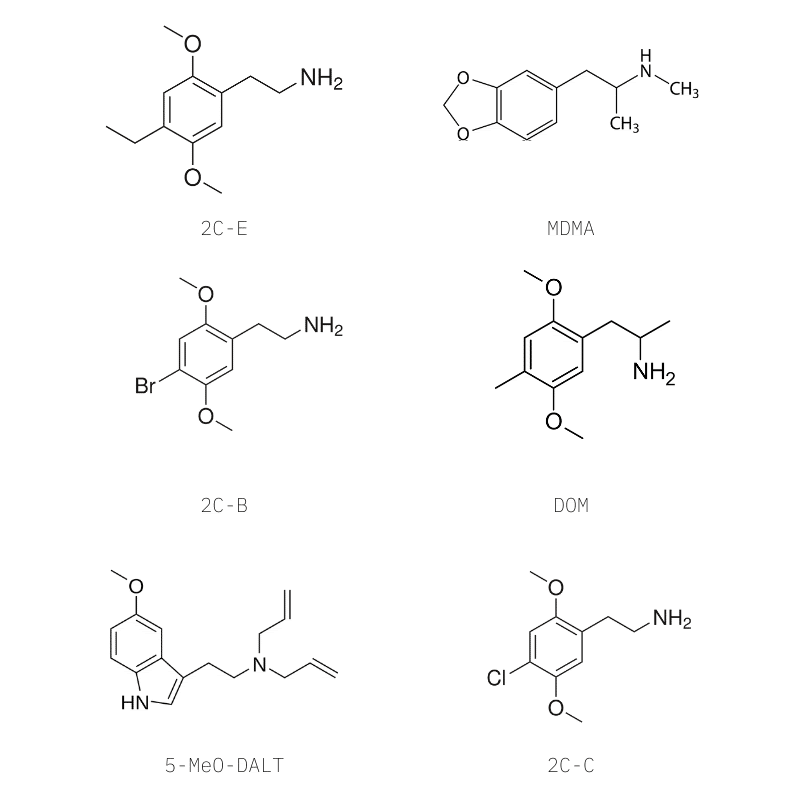
What Compounds Did Alexander Shulgin Discover?
Shulgin was prolific when it came to inventing new drugs.
He was meticulous in his process. He was always synthesizing new compounds and testing them one by one.
He would start with an extremely low dose first and increase slowly each day until he noticed psychoactivity (AKA a threshold dose). Sometimes this would involve taking the drug for several weeks until it reached a dose high enough to exhibit effects.
The dose of some compounds, such as LSD, is extremely small (less than 1 mg) — others require several milligrams. You never know what the dose could be for these substances without testing them. All of Shulgin’s compounds were completely unknown and untested — so he had to find the active dose from scratch for every one of them.
From here, Shulgin, his wife, and his team of psychonaut friends would gather and test the substance at his realized effective dose. They would characterize and catalog the effects.
Once a drug was mapped out, Shulgin would move on to the next one — rarely repeating any of the substances he created once the process was complete.
Here are Shulgins most famous creations:
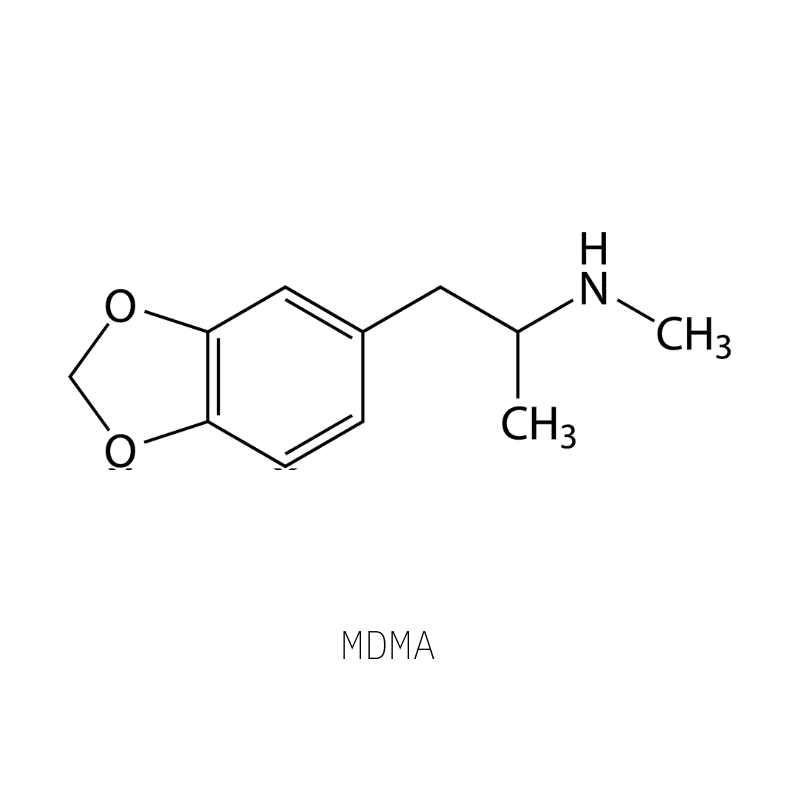
1. MDMA
Alexander Shulgin is often credited with inventing MDMA (3,4-Methylenedioxymethamphetamine), but this isn’t the case.
MDMA was actually invented in a laboratory at Merck pharmaceuticals in 1912, and the method of synthesizing it was patented in 1913. Merck conducted no formal studies on the substance after this, and it was shelved for decades.
After hearing about the substance, Shulgin set out to develop a new synthesis method to get around the patent. As a master of his craft, it took Shulgin no time to figure out another method of synthesizing MDMA, which he published in his book PiHKAL.
Shulgin played an indirect (but significant) role in popularizing psychedelic-assisted psychotherapy. He introduced his newly-created MDMA to Leo Zeff — a psychologist in Oakland, California. Zeff used MDMA with his patients in small doses and introduced the practice to hundreds of other psychotherapists around the country.
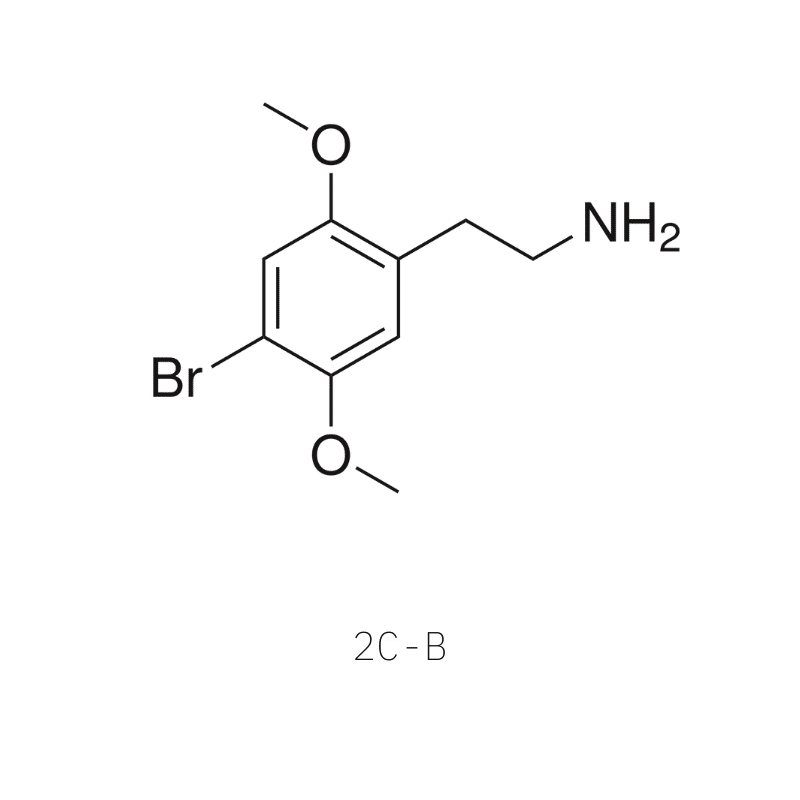
2. 2C-X
The 2C family of drugs contains a variety of psychoactive members — several of which Shulgin listed in his so-called “magic-half-dozen”.
The structure of 2C is based on mescaline, which was the inspiration Shulgin used to make many of his creations.
The most famous of the 2C drugs is 2C-B — which is often considered a combination of MDMA and LSD. It’s euphoric and empathogenic but also a powerful psychedelic in higher doses.
Other famous members of this class are 2C-E, 2C-C, 2C-I, and 2C-T-7.
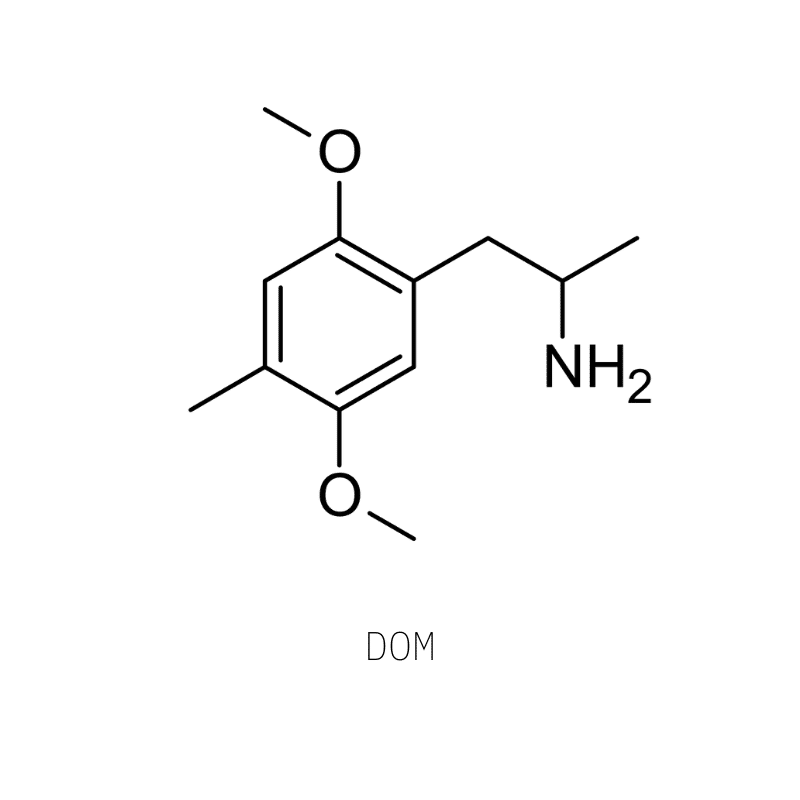
3. DOx
The DOx family consists of a series of highly potent, long-lasting psychedelic stimulants. The most popular member of the family is DOM.
These drugs work primarily by targeting the serotonin receptors in the brain to boost mental and physical energy and a high degree of empathy and emotion. Unfortunately, this class has a high incidence of side effects and has proven difficult for users with less experience using psychedelics.
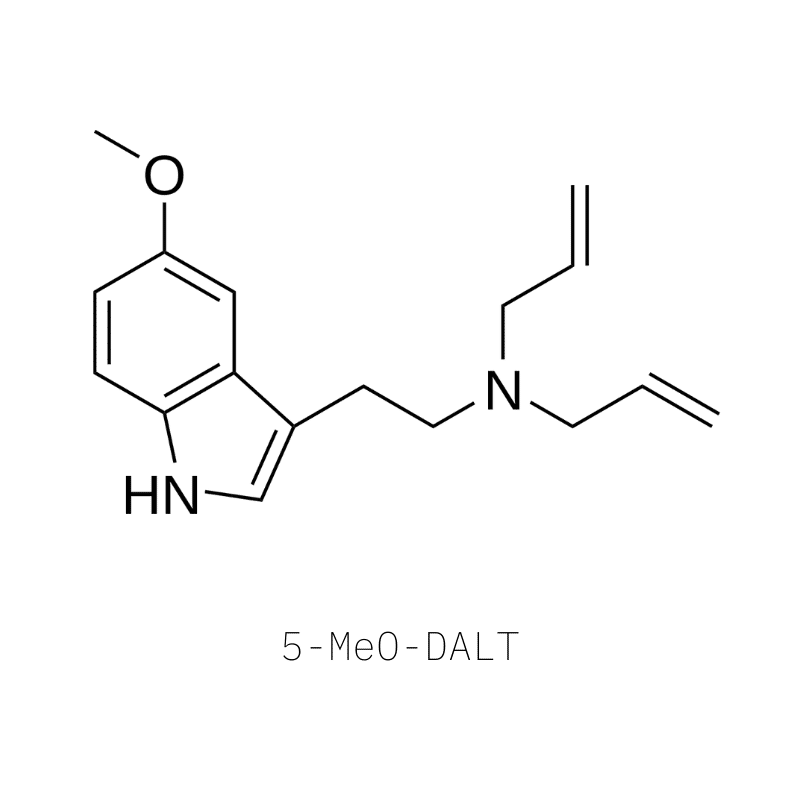
4. 5-MeO-DALT & 5-MeO-MALT
Prior to his death, Shulgin was reportedly working on a series of N-allyated tryptamines — such as 5-MeO-DALT and 5-MeO-MALT. He never ended up getting through his rigorous testing protocol before sharing the synthesis process with a user on Reddit — who promptly blasted the recipe on his own website.
Within a few weeks, 5-MeO-DALT was available online, leading to the first overdose. In just a matter of weeks after the substance became available, someone in Florida took a dose 100 times higher than what Shulgin estimated the dose was going to be.
This is a prime example of why an expert like Shulgin is a necessary step in drug development. While taking unknown substances is risky, there are ways to do it safely. Shulgin would start with extremely small doses and build up very gradually over time until he felt the effects. The user who overdosed took what he felt would be a strong enough dose to get him high and almost died from it.
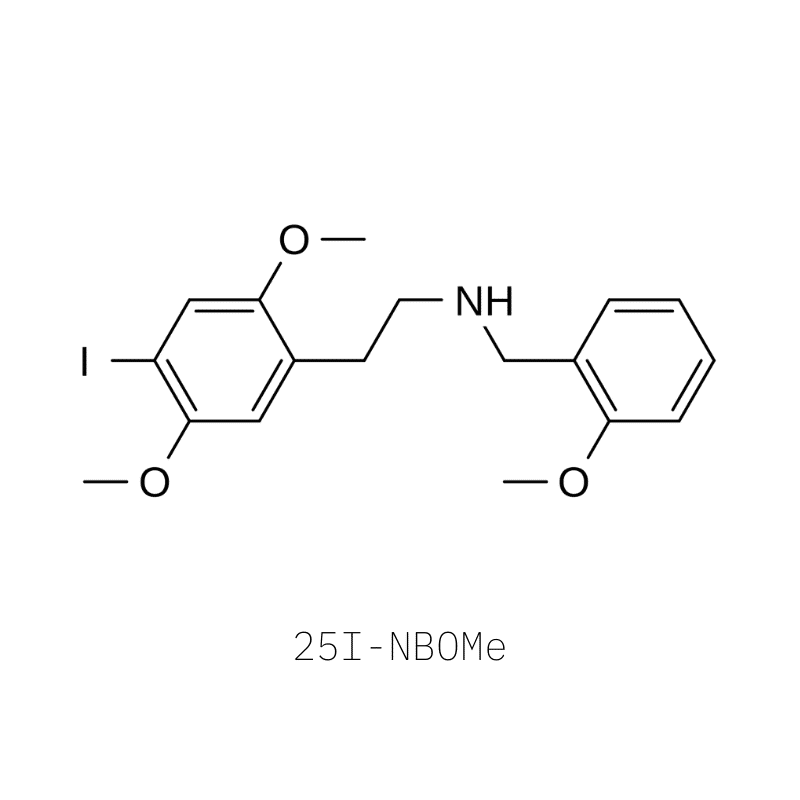
5. NBOMe
Inevitably, not all of Shulgin’s creations are safe. The NBOMe class of drugs has effects very similar to LSD. In PiHKAL, Shulgin referred to this substance with a positive sentiment, but it’s since been found to be highly dose-dependent and potentially lethal.
There have been deaths associated with this drug, and many people who narrowly escaped overdose experience lasting side effects from using the drug. It’s the only other psychedelic substance potent enough to be used in sub-milligram doses and is often sold as counterfeit acid.
NBOMe drugs are another good example of the inherent risk of research chemicals (compounds with little to no formal study). Without a large pool of data to draw information from regarding safety, it’s hard to know how you’re going to react to a certain compound. Shulgin reported this chemical as pleasant (n=1), but many others who have since taken it experienced very undesirable side-effects — some have even died from the experience.
What Was Shulgins Stance on Psychedelics?
Shulgin’s entire life’s work was dedicated to identifying and documenting new psychedelic substances.
He claimed that mescaline made him aware of the existence of a world buried in our spirit, whose “availability” was “catalyzed” by chemicals.
He was a self-identified libertarian and believed there is no place for the government to control what people decide to take into their bodies. He’s also been quoted saying, “Our generation is the first, ever, to have made the search for self-awareness a crime, if it is done with the use of plants or chemical compounds as the means of opening the psychic doors”.
Shulgin believed psychedelic substances “must be not only allowed but encouraged. It’s essential that our present negative propaganda regarding psychedelic drugs be replaced with honesty and truthfulness about their effects, both good and bad”.
Staying true to his belief, Shulgin always offered a completely unbiased depiction of the substances he was using — both the good and the bad.
Shulgin Rating Scale
Shulgin and his rag-tag group of psychonaut friends would regularly test his creations to explore their effects. They eventually developed a rating scale to describe the visual, auditory, and physical sensations induced by the substance. This system was highlighted in detail in his book — PiHKAL.
The rating was designed to describe the intensity of the psychedelic experience. There were six different options:
- (-) = No effect noticed whatsoever.
- (±) = consciousness shifted away from the baseline, but it wasn’t strong enough to clearly be the result of the chemical
- (+) = it’s clear the shift away from baseline is due to the substance, but it isn’t particularly strong.
- (++) = this level of intensity is undeniable, but the experienced psychonaut will be able to decide whether they want to engage with the experience or continue as usual with their daily activities.
- (+++) = this level describes the maximum intensity. the strength of the experience is strong enough that ignoring or repressing its effects is no longer possible.
- (++++) = this level was considered separate from the others; only used to describe substances with an intensity that matched a level three (+++), but included the rare “peak-experience” where transcendental or “bliss” states were experienced.
There were some rules during these exploratory sessions. They took meticulous notes during and after the experience, each in their own words. They were not allowed to have consumed any medications or other drugs for at least three days prior to the experience.
Sexual conduct was not permitted among participants aside from established couples — who could decide to move to a private room to explore the compound in other ways if they wanted.
Alexander Shulgin Books
Alexander Shulgin was not as prolific as many of the other famous members of the psychedelic community — but the few works he did author are now considered canon. It would make for a great textbook for a chemistry class.
He was a chemist first and a writer second. With the help of his talented wife, Ann Shulgin, they produced two critically important texts that were half autobiography of their personal love story — and half chemical reference manual for the substances created in their lab (PiHKAL and TiHKAL).
Shulgin’s books include:
- Pihkal: A Chemical Love Story (1990)
- Tihkal: The Continuation (1997)
- The Simple Plant Isoquinolines (2002)
- The Shulgin Index, Volume One: Psychedelic Phenethylamines and Related Compounds (2011)
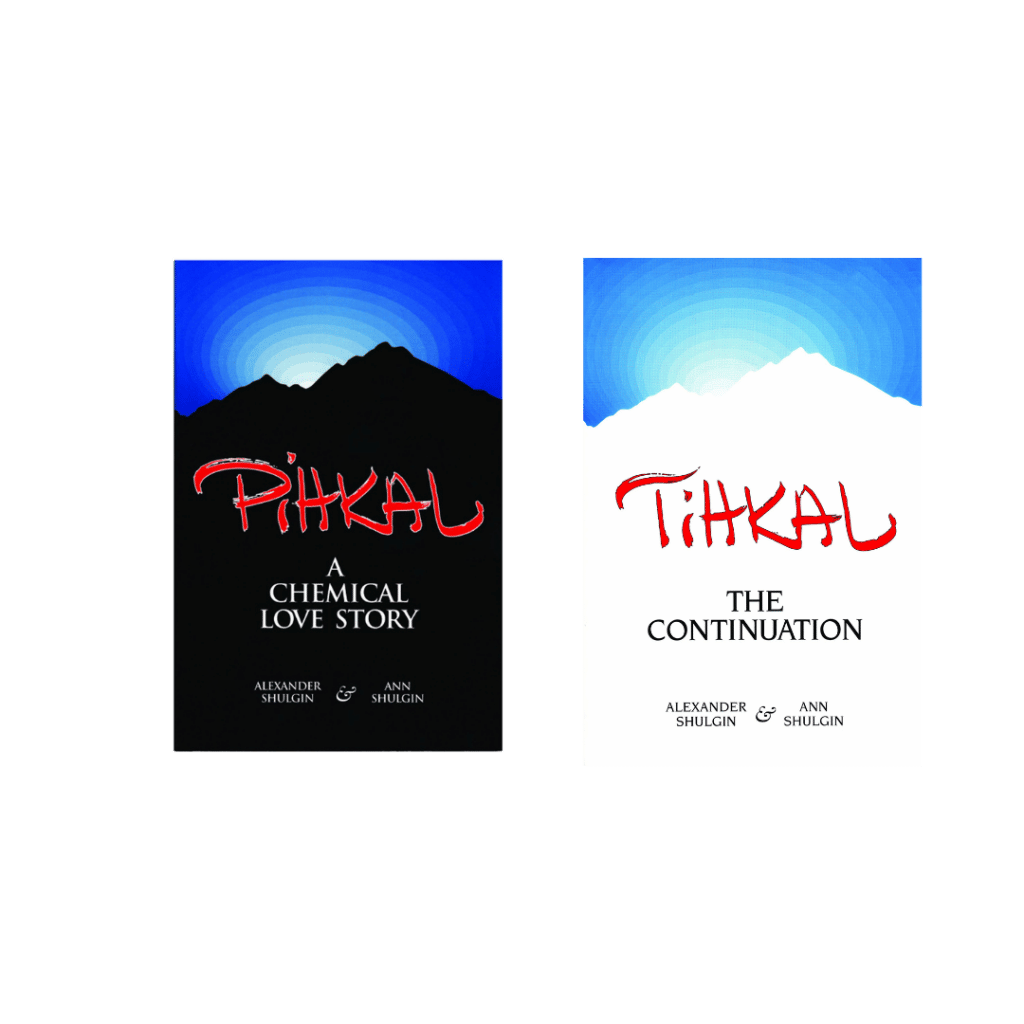
Alexander Shulgin Quotes
How long will this last, this delicious feeling of being alive, of having penetrated the veil which hides beauty and the wonders of celestial vistas? It doesn’t matter, as there can be nothing but gratitude for even a glimpse of what exists for those who can become open to it.
Some part of me can’t wait to see what life’s going to come up with next! Anticipation without the usual anxiety. And underneath it all is the feeling that we both belong here, just as we are, right now.
Our generation is the first, ever, to have made the search for self-awareness a crime, if it is done with the use of plants or chemical compounds as the means of opening the psychic doors.
Like other spiritual practices, psychedelics are a two-edged sword. They may help us become more compassionate and wise, but they may also lead to ego-inflation — or worse.
The concept of God is absolutely unnecessary — things are what they are.
Knowing what is around us is wisdom, but knowing our subconscious is enlightenment.
Related: 50 Psychedelic Quotes to Get You Thinking.
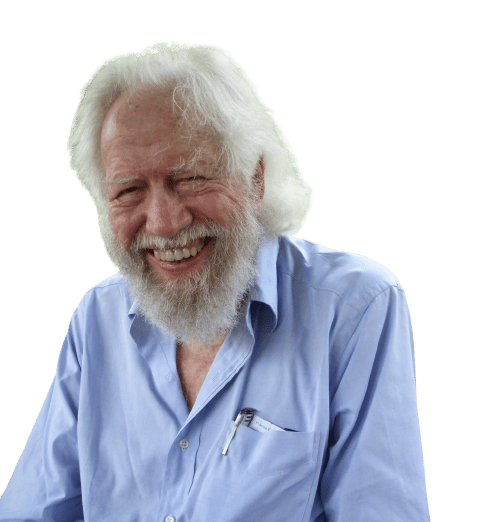
Summary: Who Was Alexander Shulgin?
The late Alexander Shulgin was an incredibly intelligent polymath. He mastered multiple languages and instruments, fought in world war II, and invented the world’s first biodegradable pesticide.
He’s considered to be the most prolific and influential chemist in the psychedelic space — credited with creating over 200 psychoactive chemicals, which he donated to the public domain in the form of his two books — PiHKAL and TiHKAL.
His motivations were never for financial gain. He believed he was responsible for providing clear and accurate information on psychoactive substances for the rest of the world to benefit. His insatiable curiosity and deep understanding of chemistry will leave a lasting imprint on the world of psychedelics indefinitely.
His most famous creations were the 2C-x family and DOx family. He’s also largely credited with forming the standard process for creating MDMA and popularizing it in the psychotherapy community.

